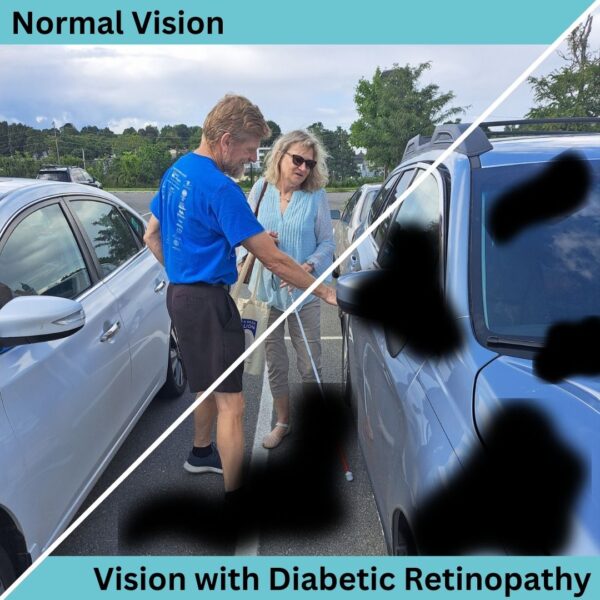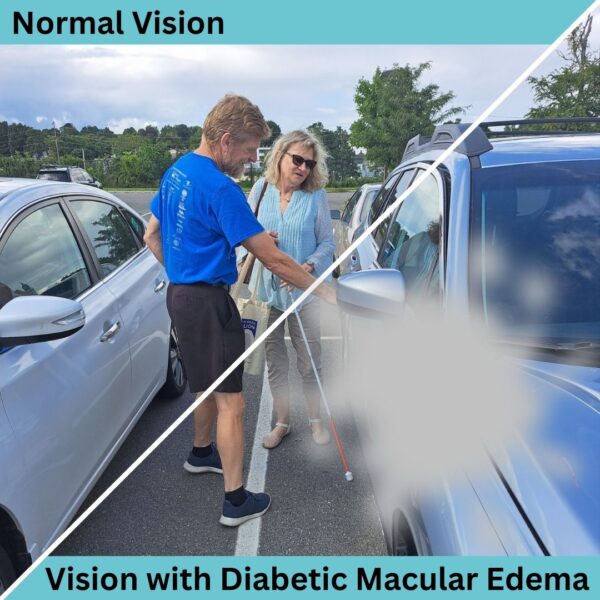
Diabetic Eye Disease Awareness Month is recognized in November every year, but the damage that this disease can have on an individual’s vision is real every day.
What is Diabetic Eye Disease?
Diabetic Eye Disease is a term for a group of eye conditions that can affect people with diabetes. These conditions include:
- Diabetic Retinopathy
- Diabetic Macular Edema
- Cataracts
- Glaucoma
Other conditions like retinal vein occlusion and retinal detachment are serious vision-threatening events that are also more likely to occur in people with diabetes.
Now that we know what conditions make up Diabetic Eye Disease, let’s find out how they impact an individual’s vision.
- Diabetic Retinopathy is the most common diabetic eye disease and is caused by damage to the blood vessels in the retina. This damage can cause vision loss or blindness if left untreated.
- Diabetic Macular Edema is a swelling of the macula, which is the part of the retina responsible for sharp, central vision.
- Cataracts are a clouding of the eye’s natural lens, which can cause blurry vision.
- Glaucoma is a group of eye diseases that damage the optic nerve and can lead to vision loss.
The images below show how these four types of Diabetic Eye Disease most commonly effect an individual’s sight.




How to Prevent Diabetic Eye Disease
The best way to prevent diabetic eye disease is to manage your diabetes effectively. This includes keeping your blood sugar levels under control, eating a healthy diet, exercising regularly, and taking any medications as prescribed by your doctor. It’s also important to get regular eye exams, as early detection and treatment can help prevent vision loss. In fact, 90% of diabetes-related vision loss can be prevented with regular (at least annual) eye exams, but 60% of people with diabetes don’t get the exams their doctors recommend.
If you have diabetes, it’s important to be aware of the risks associated with diabetic eye disease. By taking steps to manage your diabetes and getting regular eye exams, you can help protect your vision and reduce your risk of developing diabetic eye disease.
For more information on diabetic eye disease and how to protect your vision, we recommend reaching out to a licensed medical professional like an eye doctor or primary health physician.
If you or someone you love is experiencing vision loss and could benefit from our services, please contact Future In Sight at [email protected] or 603-224-4039 today!
About the Author: Beth Daisy is the Supervisor of Occupational Therapy at Future In Sight.

